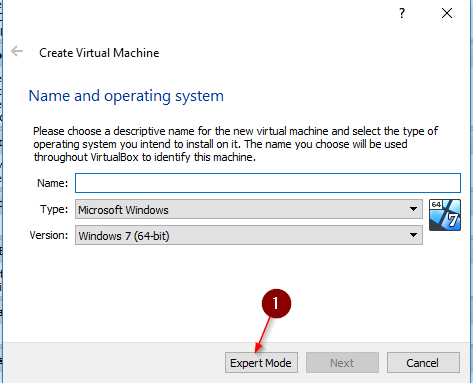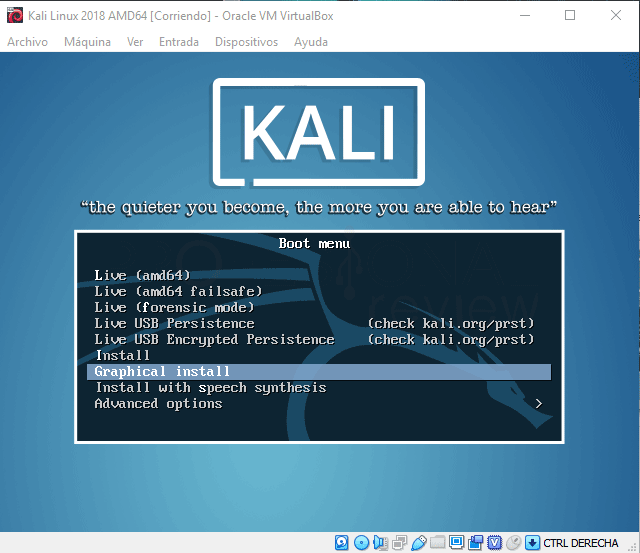


After updating the metapackages, you may also want to update any custom packages that you have installed.You can update the Kali Linux metapackages to the latest version by running the apt install kali-linux-default command.To update the Linux kernel to the latest version, use the apt dist-upgrade command.This can be done by running the apt update and apt upgrade commands in the terminal, only possible when you have access to the admin command sudo. To update Kali Linux, you will need to use the apt package manager.Before you update Kali Linux, back up any important data or configurations first.Now before updating Kali Linux, it is recommended to back up any important data or configurations to ensure that you don’t lose any important information if the updating process goes wrong. You can then compare these version numbers to the version numbers of the latest available packages to see if any updates are available. This will display a list of all the packages installed on your system, along with their version numbers. To use apt-show-versions, open the terminal, and enter the following command: apt-show-versions This command will show you the version number of each package installed on your system, as well as the version number of the latest available package. To check if Kali Linux is up to date, you can use the apt-show-versions command in the terminal. If you are unsure whether or not you need to update, there is a simple way to verify this. How To Install Kali Linux And Run On Android Without Root In 2022 - Developer Resources


 0 kommentar(er)
0 kommentar(er)
